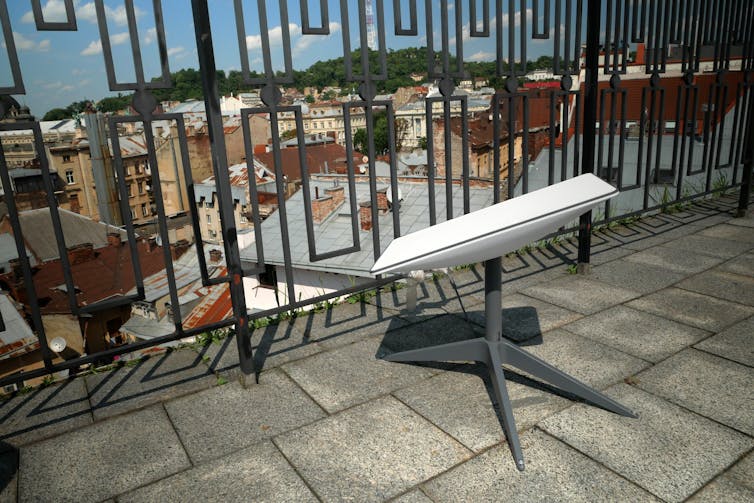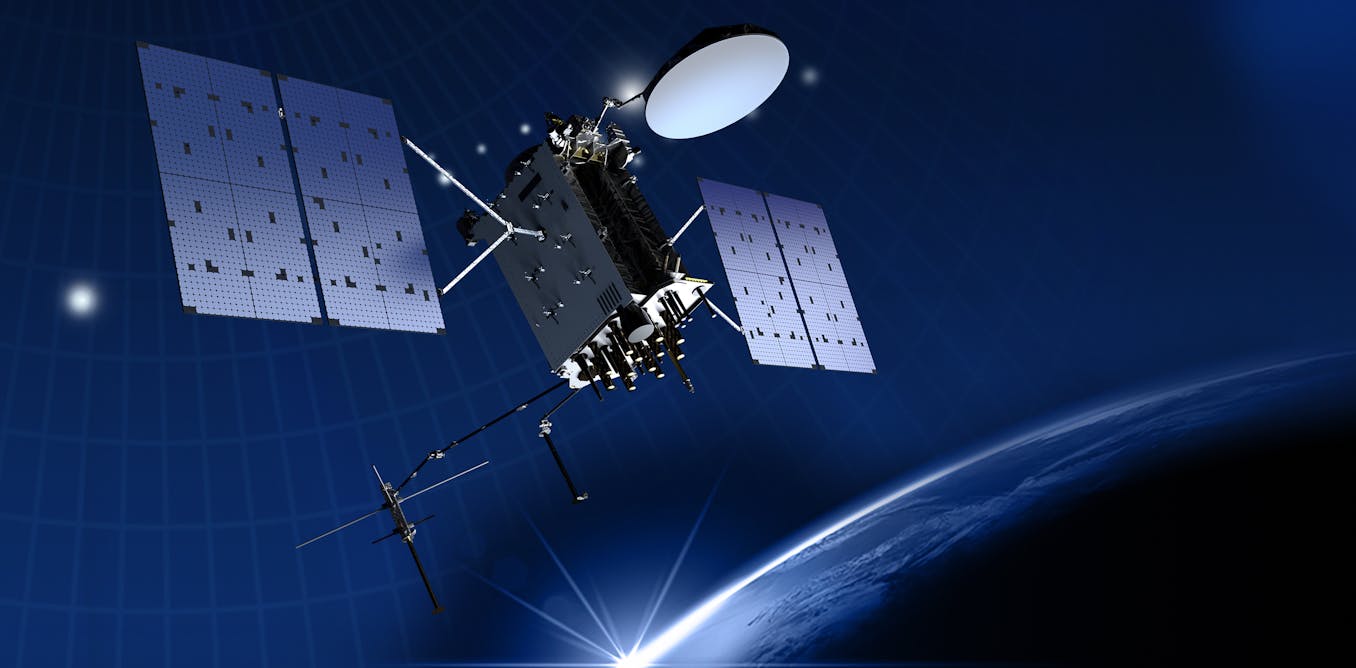
The UK government has announced £65 million in funding for a new system called Borealis which is intended to help the UK military defend its satellites against threats. Borealis is a software system that collates and processes data to strengthen the UK military’s ability to monitor what’s going on in space.
The government’s investment, announced on March 7, underlines the increasingly critical role played by space systems in the modern world. Space services play a key role in managing critical infrastructure such as the energy grid, transport systems and communications networks.
For example, SpaceX’s Starlink system has been vitally important for communication on the battlefield during Ukraine’s war with Russia. It is just one example of the game changing potential of satellite based services.
The investment in Borealis also shows that the UK government is taking the threat to space systems increasingly seriously. From as long ago as 2019, senior US officials have warned that space is no longer considered a “benign environment”.
In 2021, a US general claimed that states were constantly conducting attacks on satellites, including jamming and cyber-attacks. Announcing the Borealis system in 2025, Major General Paul Tedman, the commander of UK Space Command, characterised space as “increasingly contested”.
As the international order is coming under increasing pressure, nations are engaging in more combative behaviour, not just in space, but in cyberspace, and under the seas.
A space system is composed of four parts – traditionally called segments. These include the space segment (satellites and other spacecraft), the ground segment (ground stations, control rooms), and the user segment (a signal receiver, for example). Communications between these parts of the system form what’s called the link segment.
In addition to intentional attacks, satellites can also experience problems because of physical collisions with orbiting debris, from cosmic radiation, and activity on the Sun, which can interfere with onboard systems. For satellites, security against attacks has often been a secondary consideration. It was hard enough to build a system which could survive in space without introducing the additional costs and challenges of securing it against attacks from adversaries.
Addressing threats to assets in space will require an all-encompassing approach, as I have argued in a recent report. First, security needs to cover all four segments of space infrastructure. The easiest way to interrupt a space system might be to target the ground or the user segment, rather than trying to interfere directly with a satellite.

LanKS / Shutterstock
Second, security needs to be considered across the life cycle of the system, from design and construction, through launch, to operations and application. Consider, for example, if the detailed specifications of a satellite have already been leaked to a malicious party. That might provide them with an in-depth understanding of how to attack the spacecraft – and in such a way that may be difficult to defend against without going back to redesign it.
This type of issue was less of a problem when satellites were developed almost entirely by government agencies and large aerospace companies. ongoing expansion of the commercial space sector, start-ups and new entrants to the sector may not have the same approach to security as more seasoned organisations.
Third, security needs to include the whole range of threats facing space infrastructure, of which a satellite is just one part. We must therefore consider the physical security of hardware, information security, cybersecurity, the personnel working on the project, and supply chain security.
Vulnerable to sabotage
The range of threats facing space systems parallels those facing other critical systems, such as underwater telecommunications cables. There have been several recent incidents of subsea cables being cut in the Baltic Sea, for example. There is also at least one reported instance of hackers burrowing deep inside core telecommunications networks.
It is becoming painfully clear that much of the infrastructure underpinning the economy and our daily lives is fundamentally insecure. Determined attackers are increasingly operating across both the physical world and cyberspace.
Retrofitting security onto space systems is technically challenging and hugely expensive. There are also tough policy questions here. Governments simply do not have the resources or the legal powers to act alone on this issue. Neither is it clear that the private sector will voluntarily commit to higher security standards and a vast programme of investment in existing infrastructure.
Another issue is the global nature of space systems: differing security regulations make it challenging to ensure a coordinated approach to infrastructure across states.
This underscores the importance of raising public awareness around the scale and scope of threats to space systems – and making clear what the impact would be on the public if this infrastructure ceased to operate. If governments are going to invest more in securing space systems, then people will need to understand why this is critical.
However, the challenge of reverse engineering security into the complex and rapidly expanding network of space systems may ultimately be beyond the resources and appetites of governments and companies.
If that is the case, then in addition to raising awareness around security risks, governments and other organisations should also consider efforts to increase the resilience of space systems to attacks. In addition to thinking about how to better secure our space infrastructure, it may be prudent to consider how we might live without it.
![]()
Jessie Hamill-Stewart does not work for, consult, own shares in or receive funding from any company or organisation that would benefit from this article, and has disclosed no relevant affiliations beyond their academic appointment. Dr Neil Ashdown contributed to this article. He is the head of research at Tyburn St Raphael.



